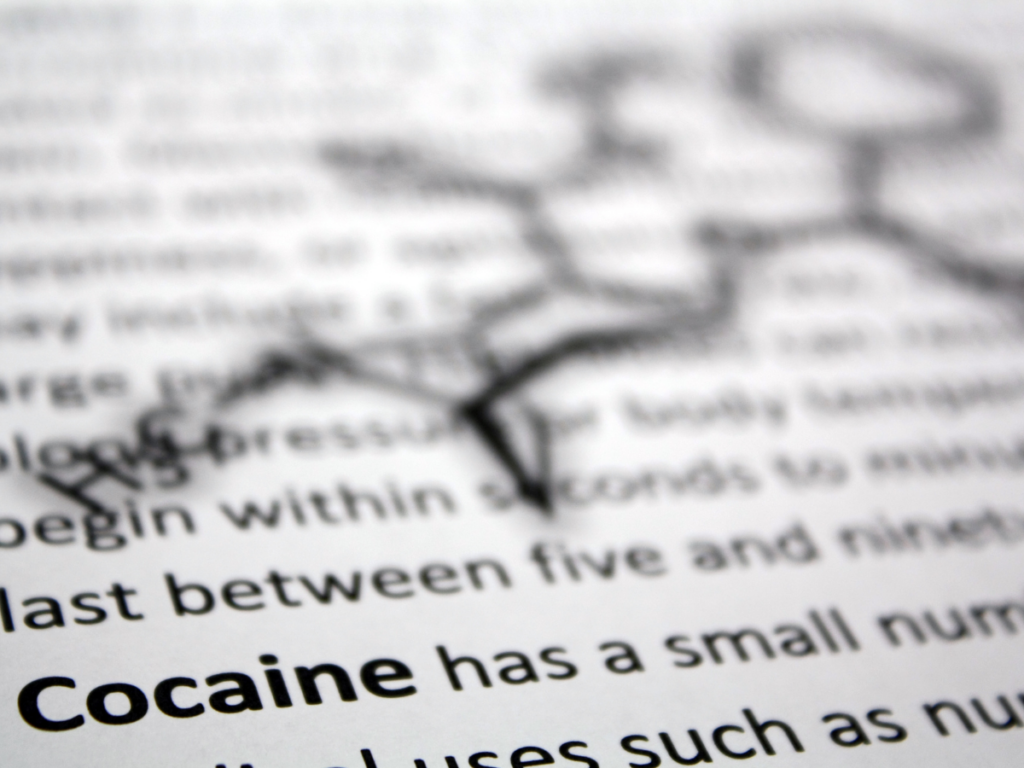 Cocaine is a powerful stimulant that is used legally as a local anesthetic, most often in throat surgeries. Slang terms for the drug are coke, flake, or blow. Oftentimes, cocaine will be mixed with other substances such as sugar or cornstarch. Also, other drugs may be present in cocaine which increases the risk of overdose. The question is, how is cocaine made?
Cocaine is a powerful stimulant that is used legally as a local anesthetic, most often in throat surgeries. Slang terms for the drug are coke, flake, or blow. Oftentimes, cocaine will be mixed with other substances such as sugar or cornstarch. Also, other drugs may be present in cocaine which increases the risk of overdose. The question is, how is cocaine made?
Cocaine Production
How is cocaine made? There are numerous methods used to create cocaine. For instance, dried coca leaves are soaked with lime water or other alkaline liquids and extracted with kerosene in metal drums. Sulfuric acid is used to extract the cocaine that dissolved, forming a liquid solution to which the alkaline liquid is added. Eventually, a coca paste is formed. Acid and potassium are added to remove impurities, as well as bicarbonate to cause the base to separate. The base is soaked a few times, usually in acetone and acid. The cocaine paste is filtered, separated, and dried. Originally, cocaine leaves were harvested and soaked in gasoline and other solvents. Now the chemical cocaine hydrochloride is extracted, and the leaves are drained and mixed with lime or other alkaline liquids. The leaves are soaked numerous times before draining. The leaves are strained away, heated, dried, and then pressed into bricks for distribution. If you were wondering “what’s in cocaine,” the answer is that there are many chemicals used to produce the final product. However, cocaine is a Schedule II drug, meaning it has a high for potential substance abuse. If the drug is not prescribed but instead is purchased illegally, then the risk of receiving talcum powder, baking soda, flour, or toxic substances in cocaine is likely.
What Does Cocaine Look Like?
Cocaine comes in a powder or rock form and is often a white, off-white, or pinkish color. Generally, cocaine has a sweet floral scent, but it also tends to smell chemical-like. There are a number of chemicals in cocaine which include:
- Diesel
- Gasoline
- Kerosene
- Ammonia
- Sulfuric acid
- Carbonate salt
These chemicals are also found in crack cocaine. The taste of cocaine is described as bitter, and it’s a potent drug that is usually snorted. Users will also put the drug in their mouth or rub it on their gums to check for purity. What does cocaine feel like? People tend to feel a sense of euphoria and over-confidence. Dopamine, the reward or “happy” chemical found in the brain, increases. Users may feel a boost of self-esteem or self-achievement. Also, feeling social or talkative is a side effect of the drug. These effects contribute to how addiction is formed before the adverse side effects begin. A person should seek an opioid/opiate detox if symptoms worsen.
How is Crack Cocaine Made?
As mentioned, similar chemicals are used in the creation process of both crack and cocaine. So, how is crack made? Ammonia, acids, and specific oils are mixed with cocaine hydrochloride along with baking soda and other substances. The combination is heated and left until it appears as a crystallized form of cocaine. Both substances produce similar effects on the body and can increase blood pressure and heart rate and cause muscle pains, depression, and extreme fatigue.
Resources & Recovery at Our Easy Drug Detox Center
If you or a loved one is in need of an opioid medically monitored detox or a codeine detox, then Evoke Wellness at Miramar has you covered. Understanding how cocaine is made also helps a person notice the negative impacts the drug can have on the brain and body. We understand addiction is experienced differently by everyone, and our team of experts is prepared to guide patients through the treatment process. We offer special services like our family programs and our sober support groups. Don’t hesitate to speak to a specialist at Evoke Wellness at Miramar by calling 833-819-6066 and asking about our residential rehab program to get back on track today! Related Readings: Sugar vs. CocaineWhat Illegal Drugs Cause Heart Attacks?


